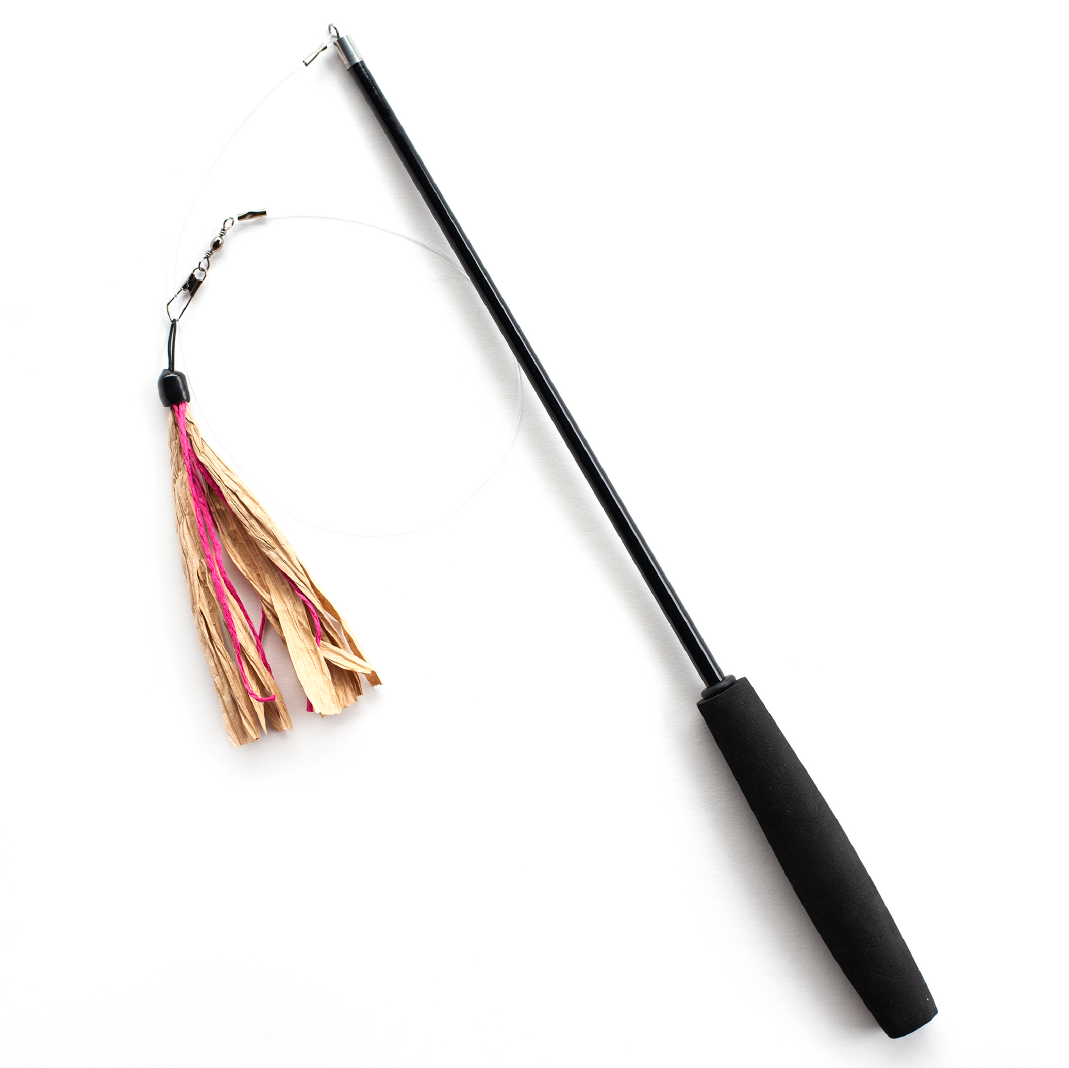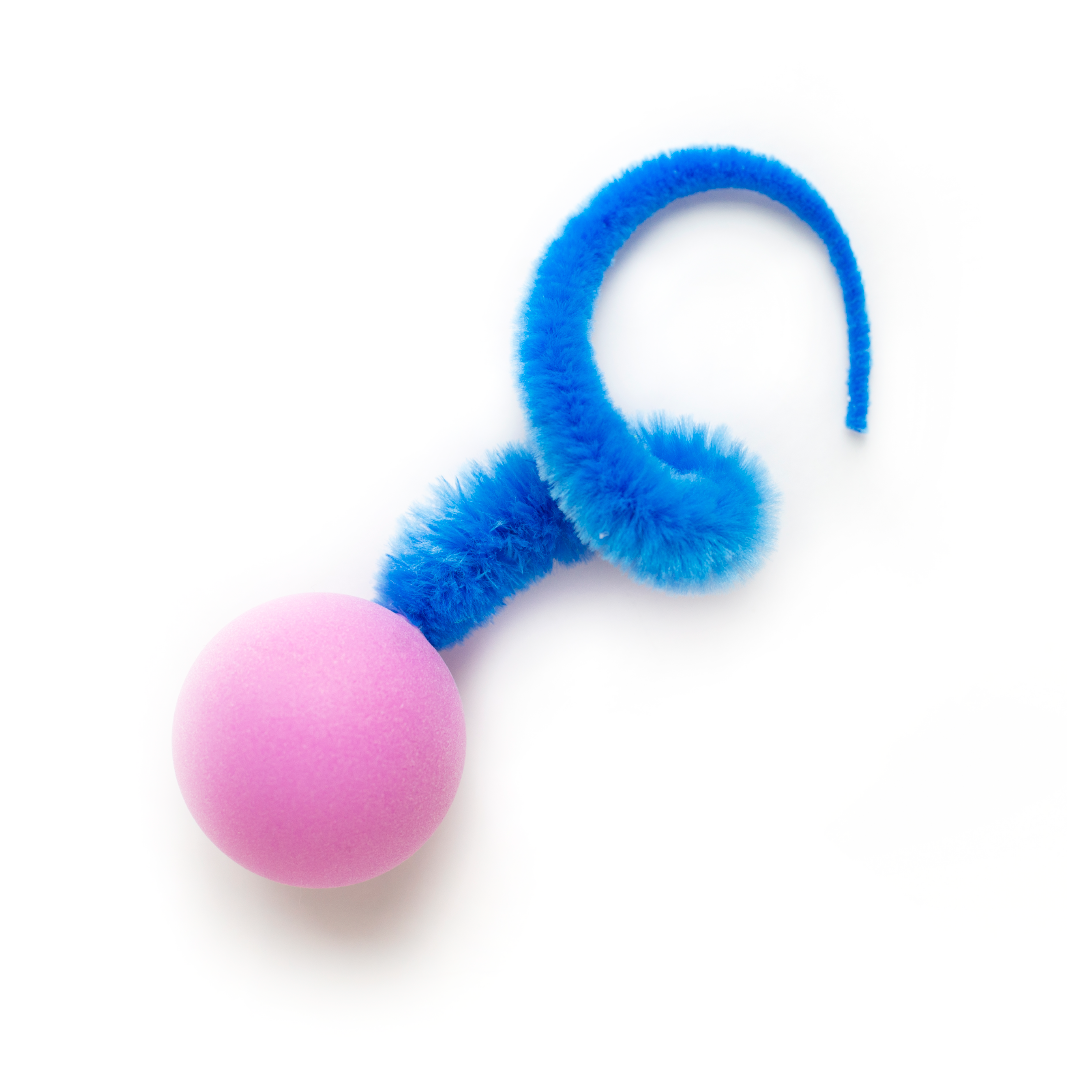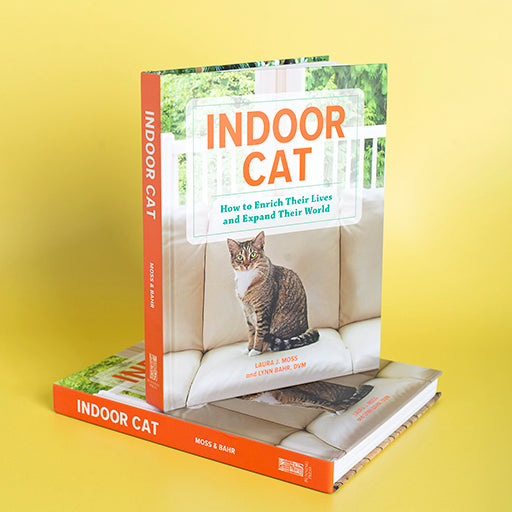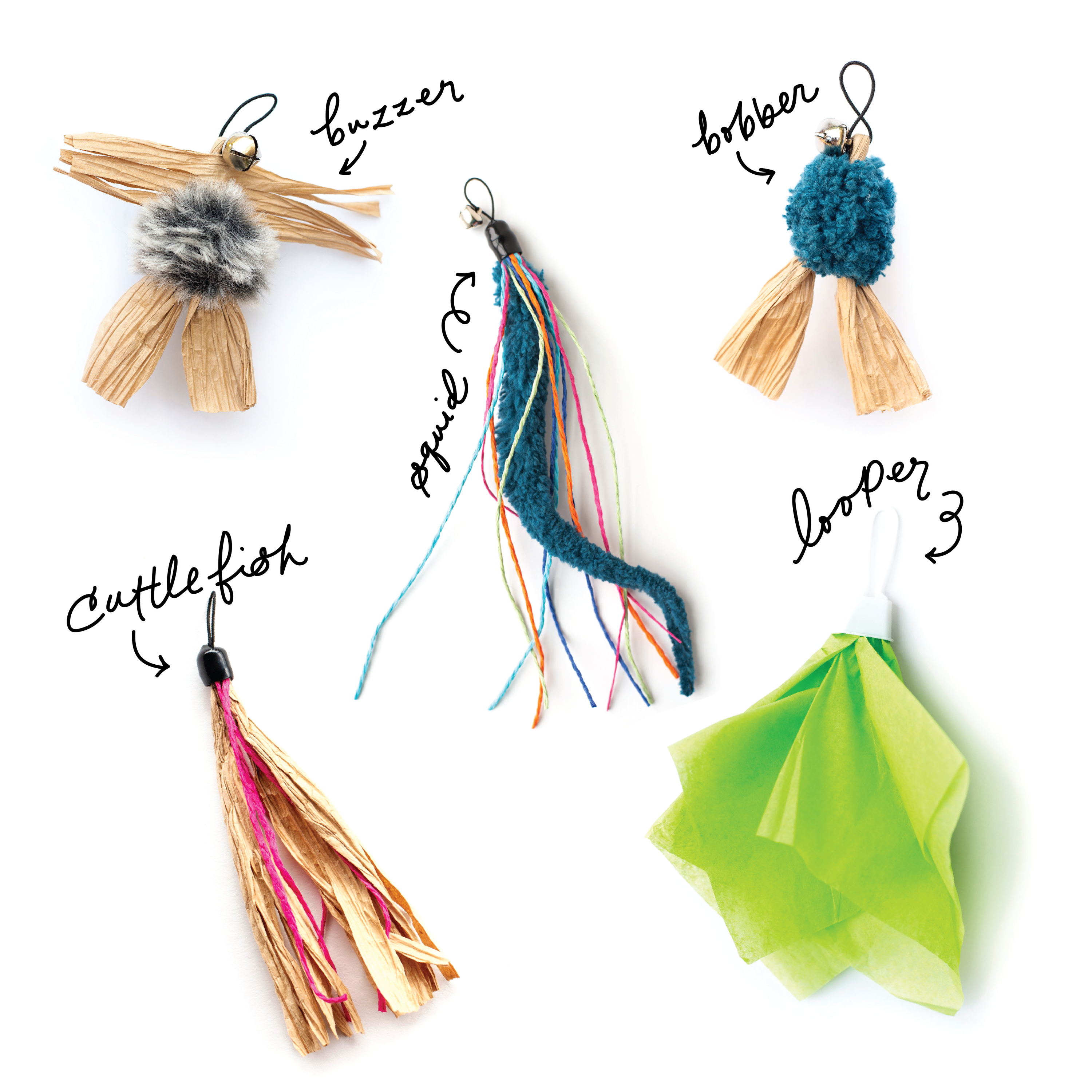Declawing Cats: Why I've Never Done it in My Career as a Veterinarian

Cats are the only animals who domesticated themselves; after they observed humans came with warm barns and tasty rodents, they moved right in and became our companions and pest management systems. Over the years they went from utilitarian workers to strictly companions, but they never lost their instinct to scratch. As a result, many humans have made the choice to declaw their cats in an attempt to make them more docile and less destructive. This is where I get concerned: in our efforts to protect furniture and fingers, have we created a solution that causes more harm than good?
We don’t know everything we need to know about the long-lasting effects declawing has on cats. But can we as veterinarians truly say they are all “fine” when we know so little about how they really feel after having their toes amputated? For the rest of this post, I’m going to refer to being declawed as a disability because that’s what it is: we’re altering cats’ physical health in such a way that leaves them disabled and unable to hunt, fight, protect themselves, or even play the way they want and need to.

While there are some scientific studies on the subject, most focus on the short-term surgery itself: technique, pain management, mechanical effects, etc. and few delve into the mental and physical effects it has on cats in the long run. One recent study published in Journal of Feline Medicine and Surgery supports the negative long-term effects declawing has on cats and is one of the first of its kind to address these issues.
While my own beliefs about declawing are somewhat based on assumptions and observing cat behavior after declawing, this is no different than the assumptions veterinarians make when they suggest cats are “fine” after declawing. I prefer to err on the side of caution - that it might cause irreparable harm - then assume otherwise. This is why I have never declawed a cat in my career.

I have spent years observing, playing with, and photographing thousands of cats, both with and without claws, and here is what I’ve witnessed: claws give cats balance, security, and stability when they run, jump, climb, pounce, and catch toys. I see them use their claws in all of their normal physical activities, and it makes me wonder how different it must be for an amputee. Without the benefit of claws, these kitties cannot grasp toys as easily, they are less stable on perches, are unable to climb normally, and are no doubt more insecure because of their disability. When playing with a toy like the Wiggly Ball, our cats are able to hook the tail in midair with their claws. It is similar to how a cat would grab a bird attempting to fly away, or a mouse running into a hole. Declawed cats play with balls differently, mainly batting them around.

Check out this cute video of how easily this cat fishes the wiggly ball from behind some cardboard circles. Without claws, she would be unable to perform such an amazing feat.
When clients tell me their cat doesn’t play, one of the first things I check for is whether or not they are declawed. I believe the majority of clients who tell me their cats don’t play is because they are missing a critical part of themselves they use for hunting and play. From an early age, they must have found playing to be frustrating, scary, and maybe even painful. Consider how missing your fingers would impact your ability and desire to do the physical things you love doing. Besides the physical aspect of having a disability, there is a mental component as well. Loss of balance, security, or agility could make cats feel more vulnerable, insecure, and weaker and less likely to engage in playful activities. Their disability could certainly interfere with their fun. We have more fun doing things we excel at, and cats may be no different. Is it possible that cats who don’t have claws to catch things in the air quickly give up on wand toys because it is frustrating? I imagine it’s like trying to play catch without opposable thumbs.
This picture of a cat with a Wiggly Pong shows exactly how necessary claws are to hold onto the ball. He successfully plays with it and is having so much fun doing so. I often wonder if the lack of being able to establish good footing causes declawed cats to avoid playing in ways that require balance and stability?

Here is another example of a cat using its claws to make sure it has a steady hold of the scratch post it is standing on while playing. While these actions have not been studied much, my own knowledge of cat physiology and health tells me that declawed cats are less able to play normally, naturally, and successfully and is part of the reason they are overweight, depressed and lack the motivation to play.

For instance, part of the fun of playing with the Hide and Sneak cat tunnel is scratching the paper and hearing it crinkle because cats love to shred the paper too! Declawed kitties still like to leave their scent on the paper by pawing at it, but they are unable to fully enjoy the experience of tearing it up. The same is true for scratching on scratch posts; declawed cats are hardwired to use them, but fail to achieve the full benefit of digging in and using the scratcher to stretch their back muscles and flex their toes. While we don’t know if declawed cats are depressed about their deformity, I do know that as a veterinarian it depresses me to know they are disadvantaged, especially when it comes to playing.

Every cat parent must make several decisions that will have an impact on your cat’s physical and mental health. But I hope this is an easy one: there is no good reason to declaw your cat. There is no piece of furniture more important than the health and happiness of the little animal you’ve committed to caring for. If you invest in good scratching posts and play time, you will find this is not a choice between having nice things or having a cat with claws, and you will both be happy.
Please share your observations or comments with us and let us know how you feel about whether declawing affects how cats play.
Related posts: 3 Ways to Get Your Cat Scratching the Right Things, 5 Things Every Indoor Cat Must Have to Be Happy
Share:
9 comments
-
I’ve always had cats and never declawed them. Thank you so much for your caring. We need to get this word out. SURELY, people wouldn’t do it if that weren’t ignorant about it. ( Why would you do something as barbaric and not investigate it?) There should be penalties for people who do this and especially any person who hurts animals.
Anita on
-
Thank you so much for being a kind ethical veterinarian who cares about animals and what is best for them❤️
Linda on
-
Delighted to read you are against de-clawing, being British, it is illegal to have your cat de-clawed! My cat Marge is an indoor cat her choice ( I am her 3rd owner) she uses her claws always especially when it comes to catching flies, insects, moths etc. She loves to pounce on anything, I have holes in my net curtains ! I have had outdoor cats, all of them excellent tree climbers, fence climbers etc. I was 6 years old when my Mum got a cat – she called him Fergus, I was scratched by him many times, but it didn’t bother me – I just loved him anyway. I can’t think of anything more cruel than de-clawing a cat, it should be banned world wide.
Yours
Lulu Anne Percival
Louise on
-
Thank you for speaking against declawing cats while so many vets stay silent. Declawing is painful and barbaric and needs to be illegal. Being against the law is the only way to stop vets from offering kitten “packages” that include declawing when a 3-6 month old kitten hasn’t even lived long enough to be trained. There is NOT ONE benefit for the cat from declawing, but it does have many debilitating effects. In CA cities where declawing was made illegal, shelter intake of cats actually declined after the ban. Vets could regain the respect they’ve lost because of declawing if they would do what is right for the cat and that would be no declawing.
CIndy S on
-
Thank you for posting this and speaking out. As a New Yorker, it’s been extremely frustrating to see our state lawmakers draft declawing bans year after year, only to have them shot down before they even get to a vote, all because the New York State Veterinary Medical Society says declawing is necessary and has the resources to sway politicians.
They also say it’s a “last resort,” but we know that’s not true because the standard “package” veterinarians offer in most cases is spay/neuter and declaw at 4 months old. A 16-week-old cat is a BABY, and it’s unspeakably cruel to do that to any cat, let alone a baby.
But it also makes the “last resort” lie transparent — you can’t claim declawing is a “last resort” when young kittens are getting mutilated.
I like this quote from Dr. Jennifer Conrad of the Paw Project:
“It’s the amputation of a cat’s toes to protect a couch. None of us went to vet school to protect couches.”
There are so many options, from scratchers to double-sided tape, to nail caps and claw trimming. If a misguided cat owner is getting their young kitten declawed, suffice to say they haven’t really tried all the options. At that point, not only are we mutilating cats to protect couches, but we’re mutilating cats because we’re too lazy to be bothered with trying to direct their natural behavior — cats being cats — to scratchers and scratch-friendly surfaces.
Nik on
-
Thank you so much for speaking up for the Kitties. I do rescues and take care of many feral cats. I try to tell people about how painful mentally and physically it is for a cat to be declawed. like cutting the tips of your fingers off. Also I disagree with tail and ear docking on dogs, just because someone want to make a designer dog. It should be loved the way God intended to be!
Leah on










